Flies (Diptera)
Cheese Skippers
PiophilidaeAlthough observed visiting flowers, the importance of Cheese Skippers in pollination has not been adequately assessed. Their common name comes from some larvae that move using a skipping motion created by grabbing their tail end with their mouth and suddenly releasing it. These flies generally breed in rancid fats, and are common in the spring when dead mammals have been exposed. Some species are used to estimate the time of death in forensic investigations.
Representative Genera and Species:
Protopiophila latipes
Pollinator Life Cycle:
They have four life stages: egg, larva, pupa, and adult. Their cycle can be completed in as few as 12 days, or can take more than a month. Females of some species deposit their eggs on meat or cheese. Larvae are active as soon as they hatch from the egg.
Rarity Status:
The status of Canadian species has not yet been assessed, and none are legally protected.
Physical Appearance:
These are small flies, 3-6 mm long, with a short proboscis and stocky legs. They usually have black bristles, and are sometimes densely hairy. Colouration varies from shiny black to dull brownish yellow. Their frequently glassy wings sometimes have brown markings. Antennae are short and pointed horizontally. Females have a telescopic ovipositor used for piercing.
Pollinator Habitat:
These flies breed in a variety of plant and animal matter that is rich in protein. Most larvae live in animal carrion such as bones, meat, and hides. Some species live in rotting fungi.
Canadian Distribution:
- Alberta
- British Columbia
- Manitoba
- New Brunswick
- Newfoundland/Labrador
- Northwest Territories
- Nova Scotia
- Nunavut
- Ontario
- Quebec
- Saskatchewan
- Yukon
Prairie Types:
- Fescue Prairie
- Mixed Grass Prairie
- Tall Grass Prairie






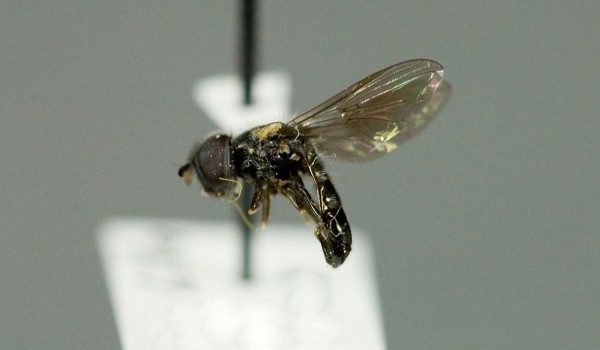
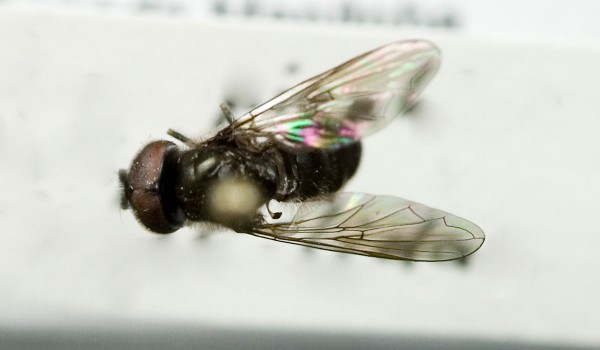
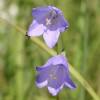 Harebell
Harebell 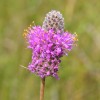 Purple Prairie-clover
Purple Prairie-clover 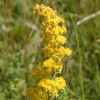 Showy Goldenrod
Showy Goldenrod